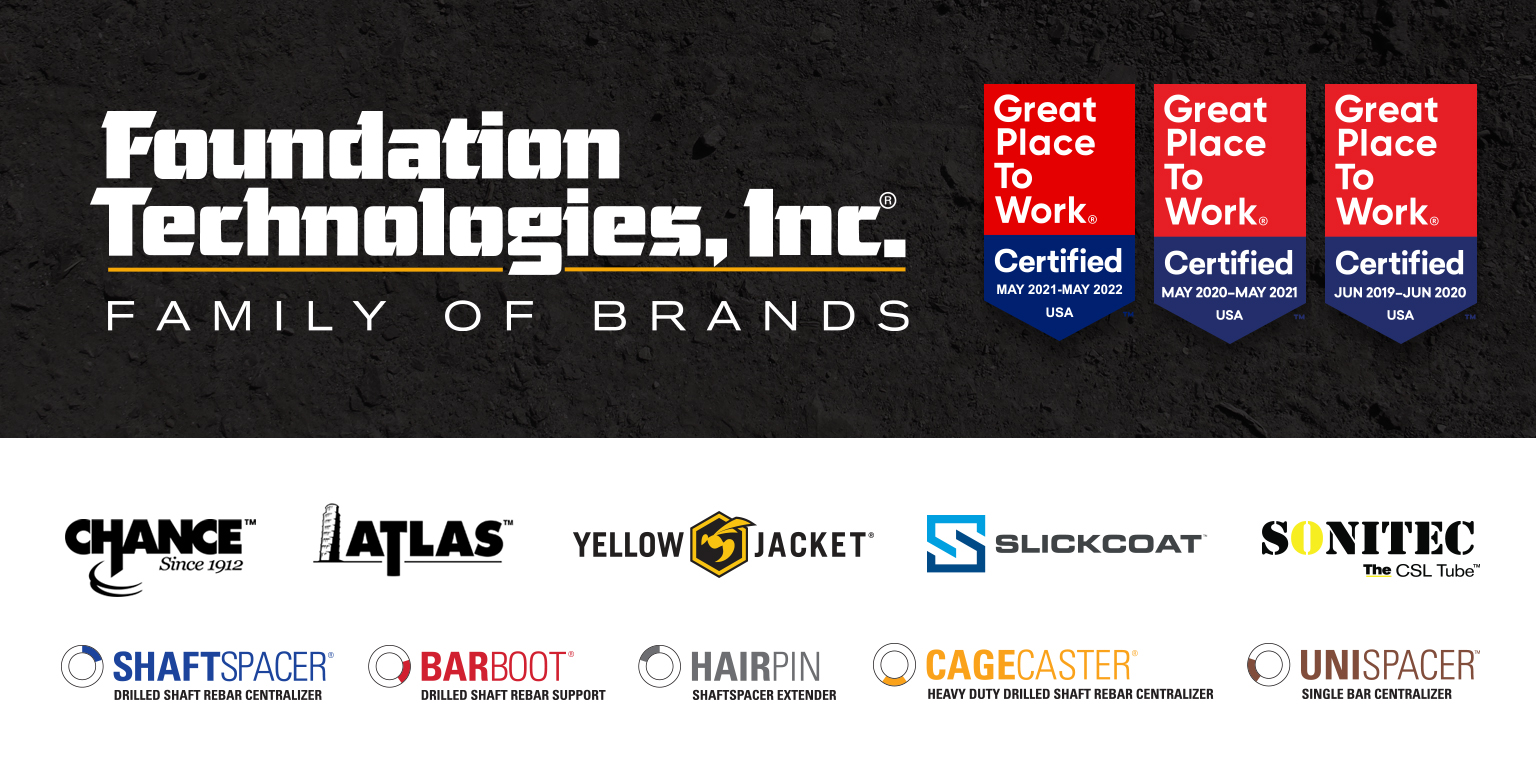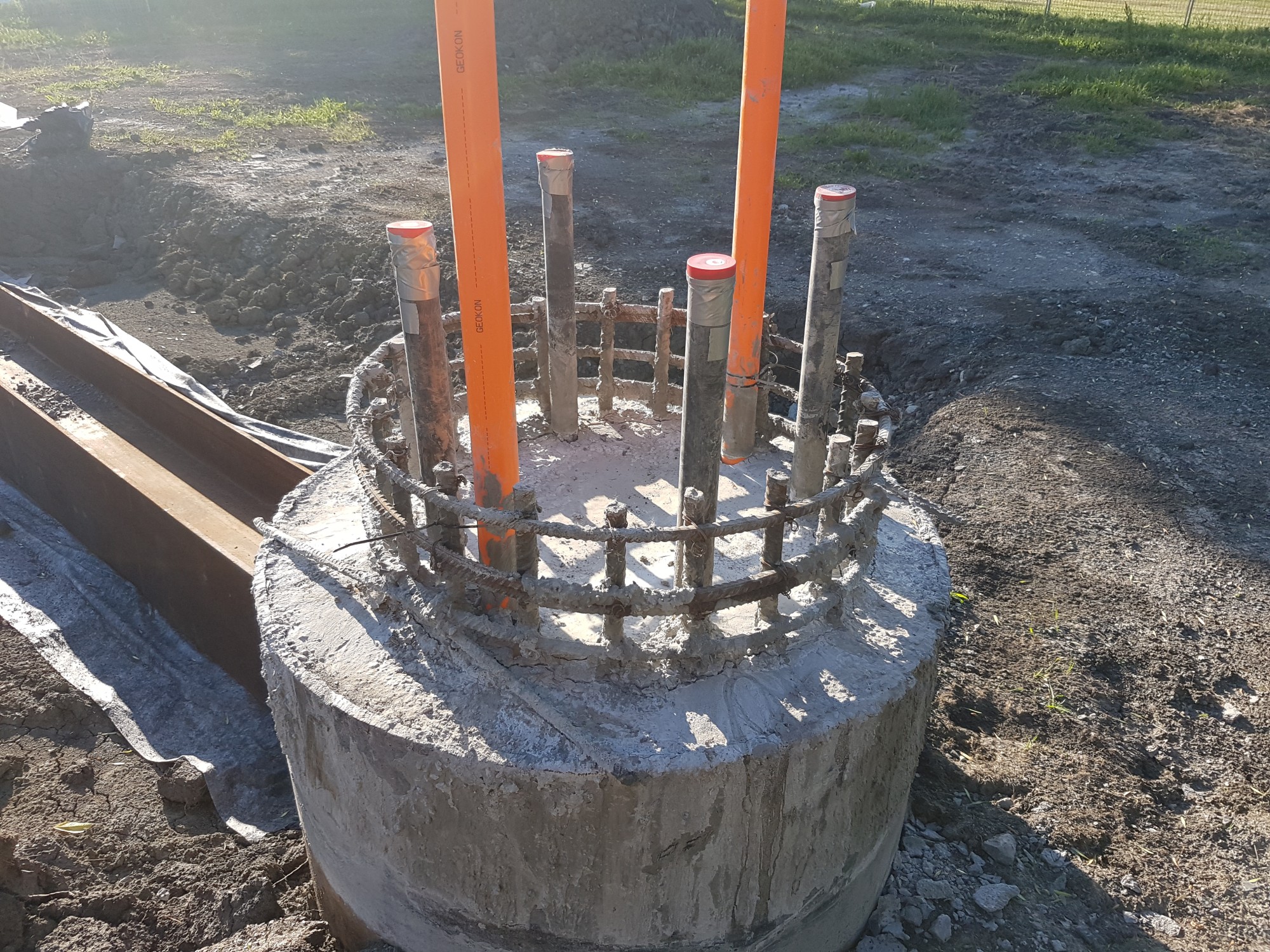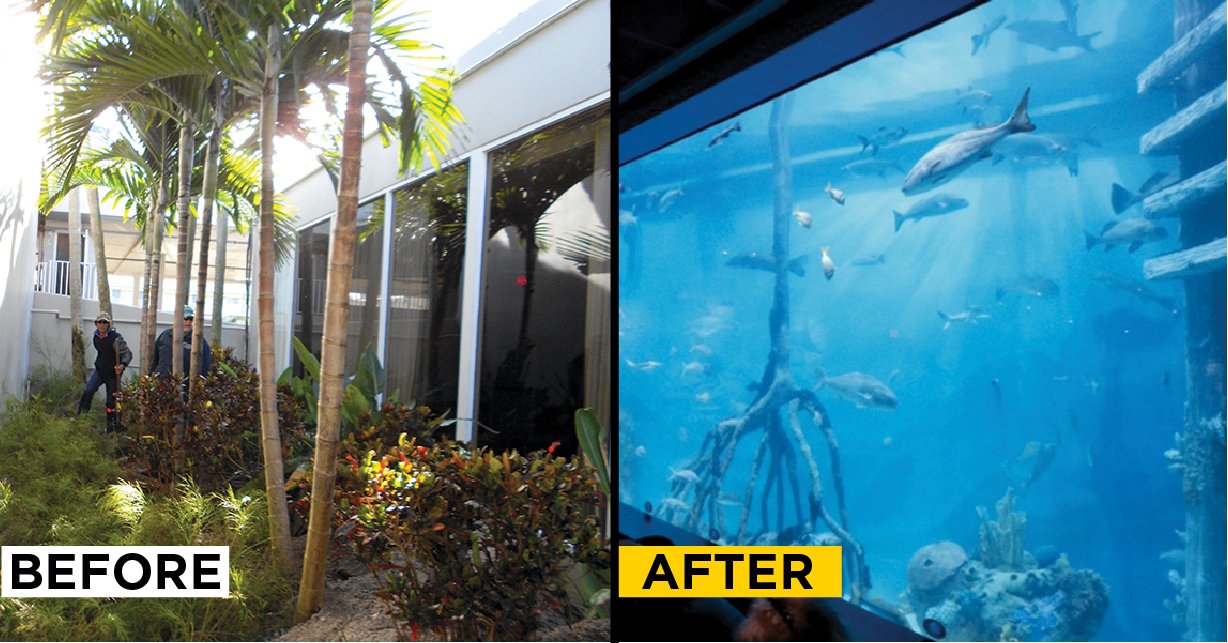Testing the integrity of a deep foundation routinely is important because it is these deep foundations that provide the needed support for the placement of large structures like buildings, towers, highways, and much more.
But what makes this type of testing possible and what steps do testers take in order to perform them?
How to Determine Which Method to Use for Deep Foundation Testing
The type of testing method that needs to be utilized on any given project is based on quite a few different factors. Some of these include soil conditions at the site, the size of the applied loads that need to be supported, and data from previous tests if applicable.
Some of the most common deep foundation testing methods include:
- Pile Driving Analyzer (PDA) and CAPWAP Analysis
- Static load (this includes compression, tension, and lateral)
- Low strain pile integrity testing (PIT)
- Thermal Integrity Profiler (TIP)
- Crosshole/single-hole sonic logging (CSL & SSL)
How Often Should a Foundation Be Tested?
Once a building has been placed over the deep foundation, the site cannot be easily accessed for further testing or repair.
When this is the case but a test needs to be performed again, the cost for doing such dramatically increases due to the level of difficulty involved and the equipment necessary to get down to the foundation and complete the job.
This is why it is so very important to have a proper deep foundation test performed before placement of the structure takes place, and potentially retest it again after more progress has been made on the site to ensure its integrity has not been compromised or lowered in that timeframe.
What is Deep Foundation Testing?
Most of the time when we are talking about performing deep foundation testing, what we are referring to is what is known as High-Strain Dynamic Testing.
This form of testing measures waves brought about through a driving hammer being applied to the foundation. For driven piles, it is the driving hammer that actually makes the testing possible. However, for cast-in-place (CIP) shafts, a weight is utilized to achieve a similar result.
When testing, driving hammer performance, stress, the integrity of the structure or pile, and a bearing capacity estimate can actually all be monitored right on-site in real-time versus needing to be analyzed later. Having said that, additional analysis of the data should be carried out using CAPWAP or similar in order to gauge estimates for field capacity, resistance distribution and produce a static load graph.
It is also important to note that a sizeable drop hammer must be utilized in CIP shafts.
Work with FTI
Whether you are looking for equipment, parts, or application support, the team of experts here at Foundational Technologies, Inc. can help.
When it comes to our products, we carry a wide range of equipment for a variety of applications such as underpinning, earth retention, tie-downs, and deep foundation work.
Need soil screws? We’ve got you covered.
Just need some drilled shaft rebar centralizers? Yes, we have those too.
Through comprehensive recommendations, industry-leading expertise, and responsive professional assistance, FTI is able to provide all of our clients with exactly what they need to get those repairs, tests, and data collection efforts carried out seamlessly.
Contact us today to learn about how we can help.




